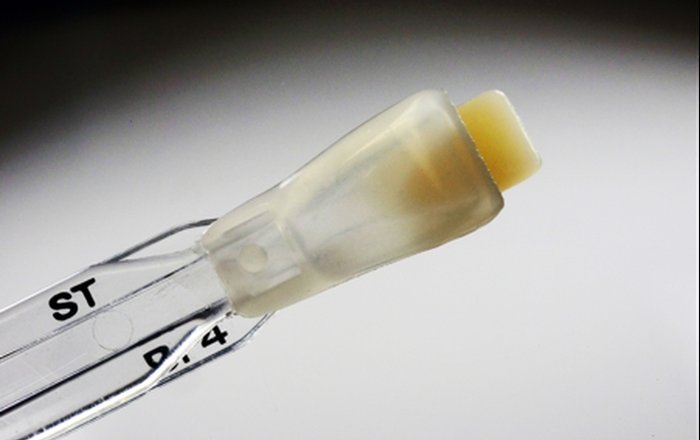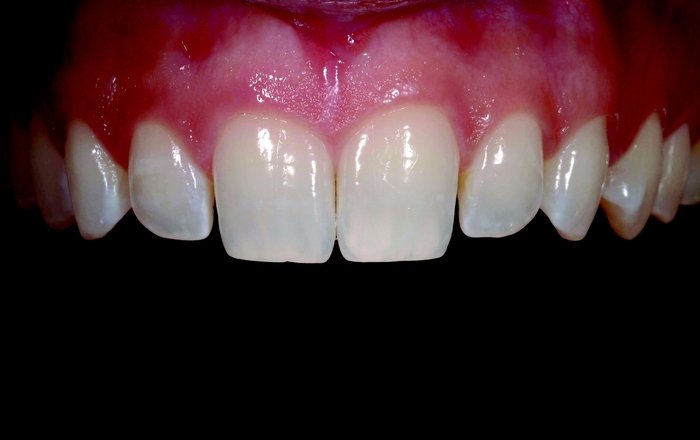PREDICTABLE “START TO FINISH” BIOMIMETIC DENTISTRY IN THE ANTERIOR DENTITION: From chemical treatments, to fragment reattachment, direct, semi-(in)direct and indirect restorations.
Register Now
Course Description
Introduction
A healthy, clean and fresh smile is a powerful attribute in our society. Being able to providing your patients with the most appropriate, effective and conservative treatment to restore the anterior dentition is therefore a fundamental element in a contemporary dental practice. This clinically-oriented course will cover the wide spectrum of treatment strategies and their indications from the simplest and effective vital bleaching therapy, micro- and mega-abrasion techniques, nonvital bleaching, tooth fragment reattachment, direct composite resin restorations and finally the more complex application of veneers (detailed steps from diagnosis and treatment planning to luting). Through this overview, you should be able to enhance your treatment decisions and skills in adhesive dentistry, in order for your restorations “to bond and stay bonded”. Those who will participate also in the two additional days of veneer hands-on course will have an opportunity to practice their skills in a simulated case of smile redesign, with an emphasis on tooth morphology, wax up and mock-up techniques and minimally-invasive veneer preparations.
DAY 1 LECTURE
Morning session:
-
Introduction
-
Vital Bleaching
-
Abrasion Techniques
- Fragment Reattachment
-
Nonvital Bleaching
Afternoon session:
-
Direct Composite Layering
-
Semi-direct Composite Veneers
DAY 2 LECTURE
- Biomimetic Approach
- Extended Spectrum of Indications
- Diagnostic Approach – Wax up
Afternoon session
- Diagnostic Approach – Mock
- Tooth Preparation
- Principles of tooth preparation for bonded porcelain restorations including:
- Chamfer size
- Axial and incisal reduction
- Luting Procedures, finishing and maintenance protocol?
- How to adequately prepare eMax and feldspathic porcelain veneers for optimal bonding
- How to use composite resin to lute Bonded porcelain restorations
- Use of different products and techniques to ease luting procedures with optimal results
DAY 3 HANDS-ON SESSION
- Maxillary additive wax up canine to canine
- Direct Classic Mock-up technique Silicon index fabrication
DAY 4 HANDS ON SESSION
- Veneer Preparation
- Veneer Adhesive Luting
Hands-On Workshop Courses
Dr Inaki Gamborena
Evolution: The course. New Soft Tissue Grafting and Prosthetic Protocols For the Aesthetic Zone
Read MoreDr. Jose Carlos Martins Da Rosa
IMMEDIATE DENTOALVEOLAR RESTORATION (IDR): Immediately loaded implants in compromised sockets
Read MoreDr Maxim Belograd
Photography, DSD, Rubberdamology, Indirect Anteriors and Posteriors In/Onlays -from start to finish-
Read More



















